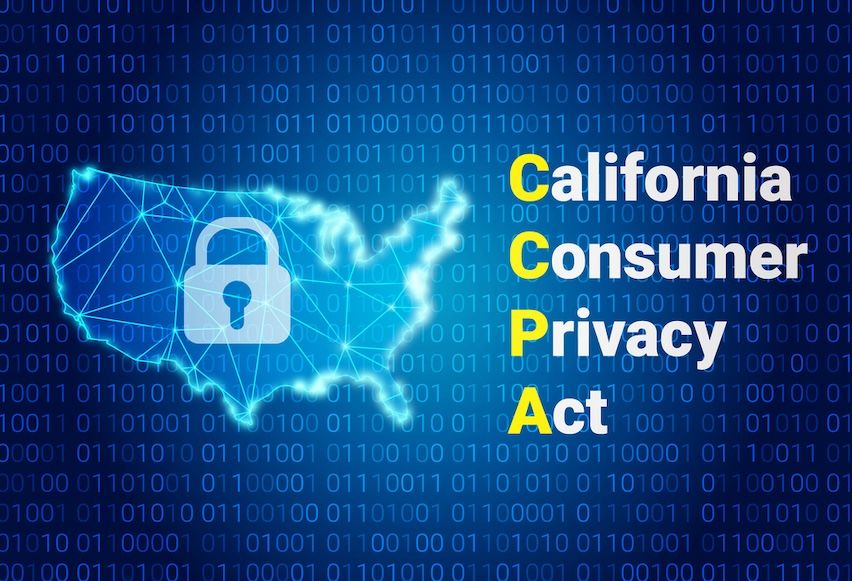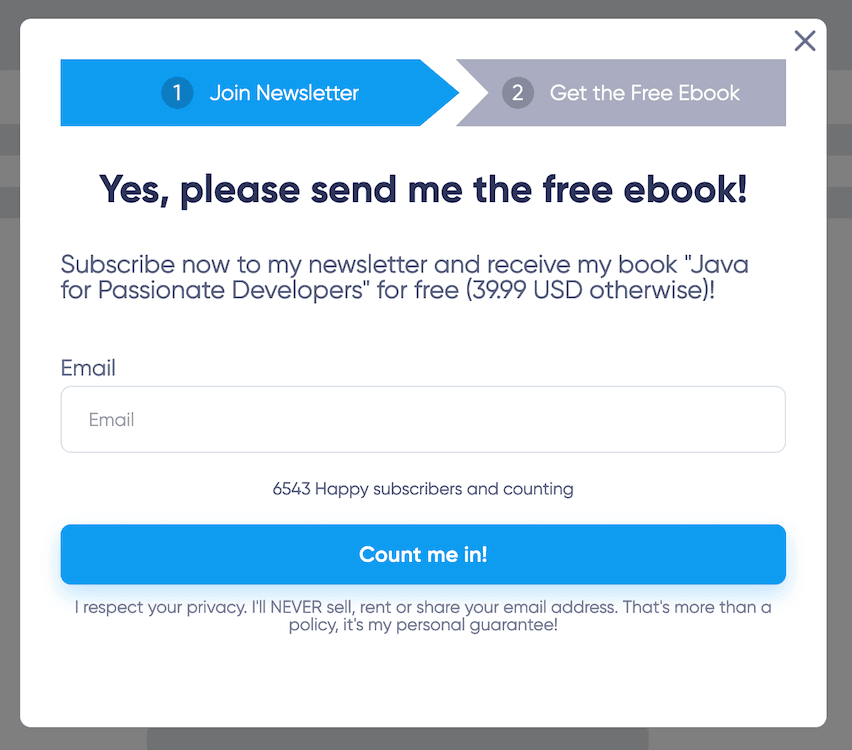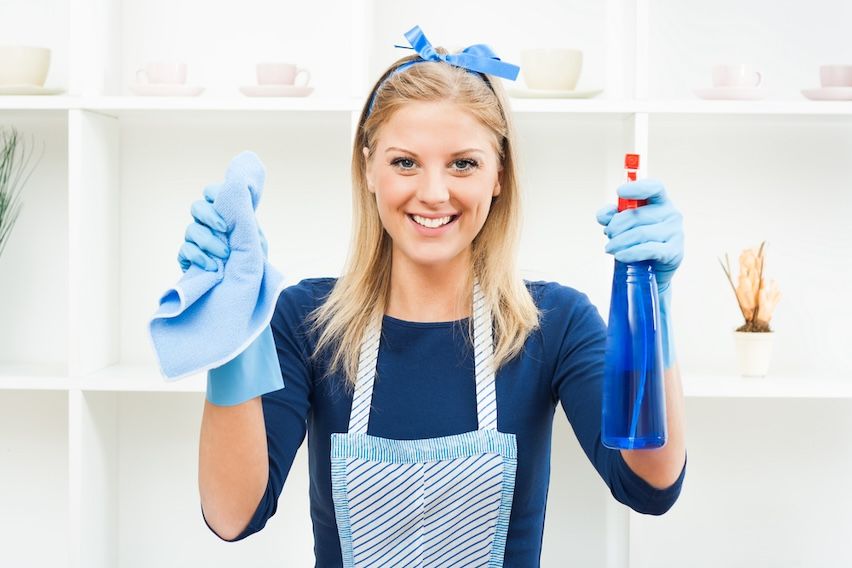Contents
the email tool that makes email marketing simple
Essential Email Marketing Requirements for Success
Published: December 23, 2024
In this article, we'll look in-depth at four items.
First, we'll begin with an overview of the legal email marketing requirements essential for your business. This section will guide you through the key laws related to data security and privacy. Understanding and following these data protection laws is crucial.
Second, we'll discuss how to build and maintain your email list.
Third, we will discuss how to create content that engages and converts. This involves crafting messages that reach the recipient's inbox and immediately capture their interest.
Finally, we'll cover the ways to measure the success of your campaigns and use these insights for ongoing improvement.
This comprehensive approach, reflecting best email marketing practices, is designed to boost the long-term effectiveness of your strategy, meeting all the essential email marketing requirements.
Adhering to Data Protection Laws
Data protection laws form part of essential email marketing laws. They are crucial in ensuring customer privacy and defining the legal framework for your marketing activities.
Understanding and integrating GDPR compliance
The General Data Protection Regulation (GDPR) is crucial for companies handling personal data of individuals in the European Economic Area (EEA). Effective since May 25, 2018, it applies not just within the European Union but also to businesses outside the EU that process data of EU residents.
Non-compliance can lead to fines up to 20 million Euros or 4% of global annual revenue, whichever is higher. These email regulations are a cornerstone of anti-spam laws in the EU.
Key aspects of GDPR compliance include:
- Data Minimization: Collecting only the necessary data for the specific purpose.
- Transparency and Consent: Clearly informing customers about data use and obtaining explicit consent for data collection.
- Security Measures: Implementing protective measures like encryption and secure data storage.
- Data Breach Protocols: Establishing processes for handling data breaches, including prompt notification.
Tools like Maildroppa assist with GDPR compliance, important when you send marketing emails, by providing features such as GDPR-compliant signup forms and default double opt-in processes, ensuring explicit subscriber consent.
For a deeper understanding of integrating GDPR into your email marketing strategies and utilizing Maildroppa's features for compliance, check out our comprehensive guide on GDPR compliance. This resource provides detailed insights into GDPR requirements, helping you navigate data protection laws effectively.
Navigating the California Consumer Privacy Act (CCPA)
The California Consumer Privacy Act (CCPA) empowers consumers with rights over their personal data and sets compliance requirements such as anti-spam demands for businesses. Key aspects of the legislation include:
- Consumer Rights: Californians have the right to know about, delete, and opt out of the sale or sharing of their personal data. They can also correct inaccuracies and limit use of sensitive data.
- Business Obligations: Applicable to for-profit entities meeting specific criteria, the CCPA mandates clear disclosure of data practices and honoring consumer requests regarding their data.
- Penalties for Non-Compliance: Violations can lead to fines up to $7,500 per intentional infraction.
For an in-depth understanding of the CCPA, visit the California Consumer Privacy Act on Wikipedia. Compliance is a legal necessity and a step towards building trust with customers by respecting their data privacy rights.
Complying with the California Consumer Privacy Act (CCPA)
The California Consumer Privacy Act (CCPA), effective since January 1, 2020, with recent amendments under the California Privacy Rights Act (CPRA), sets a precedent for data privacy in the United States. This law provides California consumers with new rights regarding the use of their personal data and imposes specific obligations on businesses.
Key aspects of CCPA compliance include:
- Consumer Rights: Businesses must honor California residents' rights to know, delete, and opt-out of the sale or sharing of their personal information. Additionally, the right to correct inaccurate personal data and limit the use and disclosure of sensitive information are now included.
- Scope of Applicability: The CCPA applies to for-profit entities that handle Californians' data and meet certain thresholds, such as annual revenues exceeding $25 million or possessing data from 50,000 or more consumers, households, or devices.
- Disclosure Requirements: Businesses must disclose data collection, usage, and sharing practices, providing consumers with comprehensive information about how their data is handled.
- Opt-Out and Deletion Requests: Businesses must provide clear options for consumers to opt-out of data selling and have mechanisms in place to delete consumer data upon request.
Non-compliance with the CCPA can result in substantial penalties, with fines of up to $7,500 per intentional violation. For more detailed information on the CCPA and how to ensure compliance, particularly for businesses operating in California or dealing with California residents, refer to the California Consumer Privacy Act on Wikipedia.
Adhering to CCPA and other email laws is not just about avoiding penalties; it reflects a commitment to respecting and protecting consumer privacy, which is increasingly becoming a priority for customers worldwide.
Global data privacy laws: An overview in terms of email marketing requirements
Email marketing laws vary globally, with data privacy being a universal concern. While the GDPR in Europe, CAN-SPAM in the US, and CCPA in California are prominent, many countries worldwide have established strict data protection laws. These laws vary in details but share a common goal of protecting personal information.
Countries such as Switzerland, United Kingdom, Argentina, and New Zealand have robust laws mirroring the strictness of the GDPR. Additionally, nations like Andorra, the Faroe Islands, Guernsey, Israel, Isle of Man, Japan, Jersey, and Uruguay have also enacted significant privacy regulations.
These various laws, covering electronic communications including email, indicate a growing global emphasis on online data privacy. For international businesses, it's essential to recognize and comply with each region's specific legal requirements. Adapting to these laws ensures responsible handling of marketing emails and other data, respecting the privacy rights of individuals across different countries.
Crafting a comprehensive privacy policy page
Developing a clear privacy policy is crucial for online businesses, ensuring legal compliance and demonstrating a commitment to data protection. Here's a concise guide:
- Data Collection Description: Specify what personal information (like names, emails, IP addresses) your site collects.
- Purpose of Collection: Clarify why this data is needed, whether for legal reasons, improving user experience, or marketing purposes.
- Collection Methods: Explain how the data is gathered, including the use of cookies or forms.
- Use of Data: Detail how you use the collected data, be it for analytics, service enhancement, or targeted advertising.
- Updates and User Rights: Outline how users will be informed of policy changes and emphasize their rights regarding their data.
- Contact Information: Provide clear contact details for users with data-related queries or concerns.
- Data Protection: Assure users about the security measures, like encryption, to safeguard their data.
- Compliance with Laws: Ensure your policy adheres to relevant laws like GDPR, CCPA, Canada's Anti-Spam Legislation (CASL) and other international laws
- Third-Party Sharing: Disclose if data is shared with third parties and the nature of these relationships.
For creating a privacy policy efficiently, consider using tools like the Privacy Policy Generator to ensure compliance and cover all necessary aspects. Regular updates and easy access to your policy can significantly enhance trust in your brand.
Building and Maintaining an Email List
Our second topic looks at how having a strong email list is essential to email marketing success.
Providing a lead magnet
Building an effective email list often starts with a lead magnet. This is a free item or service provided in exchange for an email address. In general, popular lead magnets include free e-books, discount codes, or access to exclusive webinars. These should be relevant and valuable to your target audience. For example, if you're in the health sector, a free diet plan or a guide to healthy habits could be your go-to lead magnet.
To make your lead magnet more appealing and to encourage sign-ups, consider using Maildroppa's form builder. It features a step indicator which can guide users through the sign-up process, making it clear and straightforward. For instance, the indicator could display "Step 1 - Join Newsletter; Step 2 - Get the Free eBook."
Additionally, visual elements can significantly boost engagement. Create an eye-catching image that promotes your lead magnet, like a well-designed picture of an e-book with a call-to-action like "Get the Free Book."
Pairing this image with a link that, when clicked, opens up a sign-up form, can increase sign-up rates. This method, known as a manual toggle signup form, is part of Maildroppa's Visual Form Builder.

Designing high-converting sign-up forms
Your customer's journey begins with the sign-up form, it's very useful for building and maintaining an effective email list and meeting key email marketing requirements. The right form can make a significant difference in attracting and retaining subscribers.
Maildroppa offers a variety of sign-up forms to cater to different needs and preferences. The Slider form is designed to catch attention subtly at the webpage's edge. This unobtrusive approach hinting at implied benefits can be effective for users who prefer less direct marketing tactics.
On the other hand, the Page Inline form fits smoothly into your content, making it ideal for newsletters or article subscriptions. For a more direct approach, the Popup form encourages quick action from users. These diverse options are all geared towards helping to grow a strong email list, a vital part of your email marketing strategy.
Key features make these forms more effective. The Step Indicator is essential, showing the number of steps in the sign-up process and keeping users engaged. The Progress Bar visually tracks completion, motivating users to finish the task.
The Subscriber Counter displays the number of current subscribers, adding social proof and enticing new visitors to join. Trust elements, such as a data privacy disclaimer and customizable GDPR settings, ensure users feel safe and comply with legal standards.
In summary, Maildroppa's sign-up forms, with their user-friendly designs and features like Step Indicators, Progress Bars, and trust elements, are designed to attract and retain subscribers, crucial for enhancing your email marketing success.
Keeping your email list clean
A well-maintained email list is essential for the success of any email campaign. The first step in this process is ensuring that your subscribers have actively chosen to receive your marketing emails, which is where a double opt-in process comes into play.
This method, a key feature in Maildroppa and crucial for GDPR compliance, involves subscribers confirming their subscription, leading to a list of genuinely interested individuals.
Once your list has been populated with subscribers who have opted in, the next important step is to keep it clean and active. Regular maintenance is essential, and tools like Maildroppa facilitate this by automatically removing bounced email addresses and unsubscribers. This automatic cleansing process ensures your list remains free of inactive or disinterested subscribers, which is vital for effective email campaigns.
Keeping your email list clean and active enhances email deliverability and protects your sender reputation. This ongoing process of adding interested subscribers through double opt-in and continuously pruning inactive ones lays the foundation for more targeted and effective email marketing strategies.
Ensuring Content Relevance for Subscribers –From Subject Line to CTA
With a clean and active email list under your belt, the next strategic step is segmentation. Segmenting your subscribers allows you to send more personalized and relevant emails. You can categorize your list based on various factors like customer behavior, purchase history, or engagement levels.
This approach helps in tailoring your messages to meet the specific interests and needs of different groups within your audience. For example, regular customers might receive loyalty discounts, while new subscribers could get introductory offers. Such targeted communication enhances the user experience and significantly improves the likelihood of conversions.
Effective segmentation on a well-maintained mailing list ensures that your marketing messages are impactful, leading to higher engagement in both email and social media campaigns, resulting in more successful marketing strategies.
Crafting effective emails
Effective email marketing relies on two main components:
- Engaging email subject lines. The subject line serves as the initial draw, determining if the email gets opened.
- Compelling email body content. The body content delivers your message and motivates the reader.
Mastering subject line strategies
Creating a strong, honest subject line is crucial for grabbing attention. Keep them short, ideally between 28 to 50 characters, to fit mobile screens. Using personalization, like {{first_name}}, helps make each email feel more tailored, potentially increasing open rates. Design subject lines that intrigue or create urgency, focusing on benefits to the reader. Avoid spam-like language and ensure the subject line accurately reflects the email's contents.
In brief, writing effective subject lines involves being concise, adding a personal touch, sparking interest, and ensuring relevance to the email body. This method improves the chances of your emails being opened and strengthens your overall email marketing strategy.
Developing compelling email body content
Crafting effective, original, truly valuable email body content is something many marketers neglect in this age of ChatGPT. It keeps your audience engaged and drives them to action.
Begin with a concise, relevant message that connects with the subject line. Ideally, keep your message between 50 to 125 words to be brief yet informative. The opening should directly address the reader's needs or interests, reflecting the promise made in the subject line for consistency.
Use a a conversational tone in your marketing emails to make them relatable. Break the text into short paragraphs for easy reading. Personalization is crucial – address the reader directly and incorporate elements that resonate with their preferences, using audience segmentation to tailor messages for specific groups. This approach personalizes the experience and ensures the content is genuinely valuable.
Visual elements can add appeal, but they should support, not dominate, your message.
Educate, inform, or entertain your audience with your content, enriching their experience rather than just selling to them. Avoid aggressive sales pitches; focus instead on how your offer benefits the reader.
A clear call-to-action (CTA) should guide the reader on what to do next, making it straightforward to take the desired action.
Provide a simple unsubscribe mechanism. Ensuring a straightforward way to unsubscribe in your emails is essential to honor opt-out requests, showing respect for your recipient’s choices and preferences.
Comply with data protection laws– include your company's physical address in the email footer, along with the mailing address if it's different. This transparency is a vital aspect of obtaining consent and maintaining trust with your audience.
Incorporating all these elements ensures that your email content captures attention, builds connections, and drives meaningful engagement, all while respecting legal and ethical boundaries.
Using tools like Maildroppa automates these processes. You won’t have to worry about manually managing unsubscribe options or honoring opt-out requests. This approach ensures a cleaner, more engaged email list, leading to better overall performance of your email marketing efforts.
Measuring Success and Iteratively Improving
Finally, let's look at how to measure your success and use it to continually improve your email marketing campaigns. Analytics provide insights into campaign performance. Adapting your strategies based on data ensures continuous evolution and better connection with your audience.
Effective email marketing relies heavily on understanding key metrics. Tracking delivery rates, open rates, and click-through rates offers a clear picture of how your emails perform. By analyzing these rates in your email marketing campaigns, you gain valuable insights for enhancing your future emails and identifying what captures attention and what drives interaction.
- Delivery Rate measures the success in reaching customers' inboxes. High delivery rates, as offered by Maildroppa, suggest that most emails are successfully delivered.
- Open and Click Rates, split into unique and total metrics, reflect how much your content resonates with and engages your audience.
Adapting and evolving based on data insights
Using the insights from your analytics to adapting your email marketing strategy. If open rates are low, it may be time to revamp your subject lines. Similarly, underperforming click rates could indicate a need to reassess your content's relevance or the effectiveness of your calls-to-action.
Regular monitoring and adjustment based on these metrics allow for a dynamic approach. Maildroppa’s tools empower you to make informed decisions, continually enhancing the effectiveness of your marketing efforts and ensuring that each campaign resonates more deeply with your audience.
In Conclusion
Succeeding in email marketing involves several fundamental requirements. It's important to follow data protection laws, build and maintain a good email list, write engaging content, and regularly check your results through analytics. By properly following GDPR rules, creating effective sign-up forms, and adjusting your strategies based on what the data shows, businesses can effectively handle the challenges of email marketing.
These basic steps keep you legally safe and keep subscribers interested. They also lay the groundwork for ongoing success in the dynamic world of digital marketing, fulfilling all email marketing requirements.




